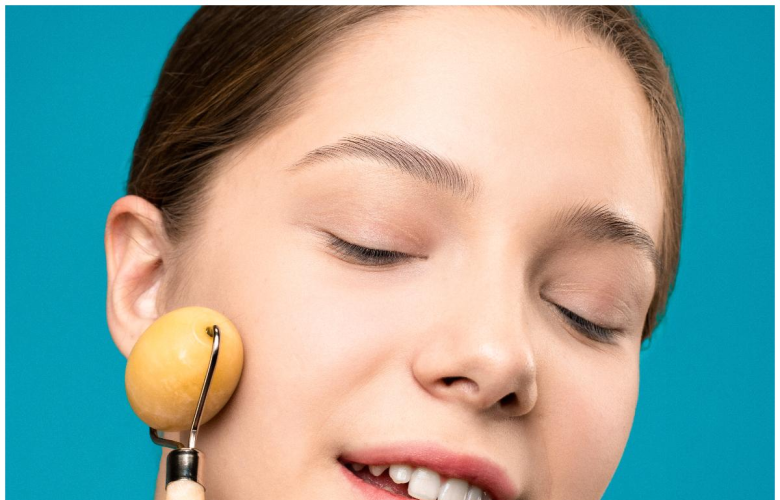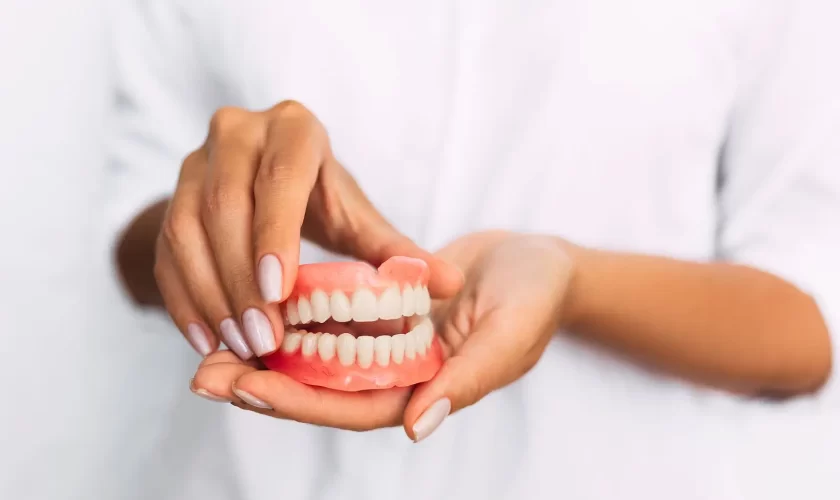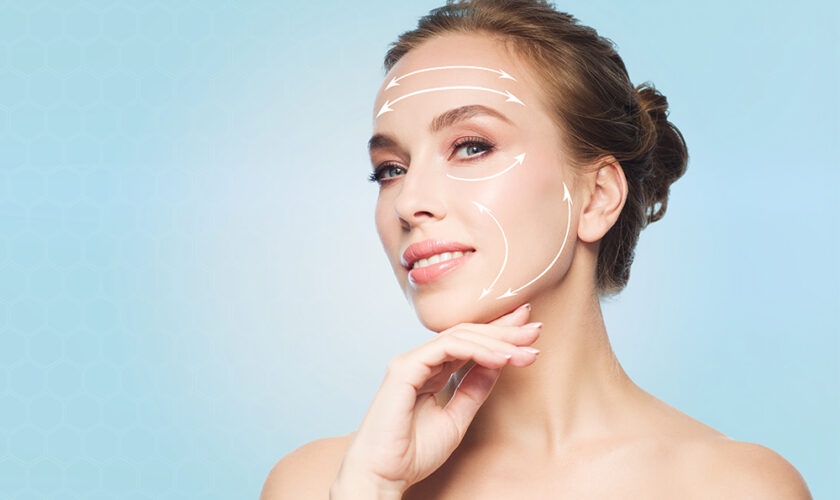Patient care is a high priority in exceptional healthcare. Cultural competence can play a vital role in how nurses and other caregivers collect information and communicate with patients to foster a trusting relationship.
As a nurse, you treat all types of people with various beliefs, values, and behaviors. This means that not every patient has a background similar to yours, and your role as the medical provider is to bridge the gap as best you can.
Cultural competence defined
Cultural competence is defined as the ability to relate to others with respect to different values, beliefs, attitudes, and cultural practices. With the many cultures in the world, medical personnel should be able to adjust to contextual differences and respect the backgrounds of their patients.
Cultural differences include language, historical background, race, gender, physical appearance, spiritual beliefs, socioeconomic status, cultural values, and ethnicity. Working toward an understanding of these factors for your patient population is an essential skill.
Cultural competence is not an event but rather an ongoing process of learning and adapting. An ongoing goal is to deliver an increasingly better experience to ethnically diverse patients.
The five cultural competency principles
The overarching goal of cultural competency is to value people for who they are and validate their experiences. By aligning organizational practices and policies with these principles, medical professionals can continue to grow in their competencies.
Cultural competency 1: value diversity
Nurses need to remember that they will not share a cultural background with every patient they treat. Within the array of people you treat, there will be diverse beliefs, values, and linguistic and cultural traditions.
Arriving at wrong conclusions can be common when you do not work to understand other cultures. From metropolitan settings to rural areas, cultural competency can improve the relationships you have with patients. Improved personal connections can help you deliver the best medical care to patients from other cultures.
Cultural competency 2: cultural self-assessment
There are many differences among cultures that you should consider when interacting with patients. For instance, some cultures have a strong sense of physical distance while others interact in close contact with other people.
Some cultures are loud and boisterous while others are very quiet and reserved. Adjusting your behavior and interactions with specific patients can help you collect better information for more accurate diagnoses and treatments.
Often, an older patient might bring a child or younger relation to an appointment and asking the younger person what is appropriate in their culture can help you establish a respectful connection with the patient.
Cultural competency 3: the dynamics of difference
Sometimes, you will treat someone of another culture and experience their distrust of you. While this can be for several reasons, remember that people of other cultures have lived with discrimination and unfair treatment at times.
This can be common in oppressed and underprivileged groups within a society. Often, attitudes and beliefs will be passed down through generations, cultivating distrust of those in power, including medical professionals.
Learning the dynamics of certain groups within your patient population can help you relate to them better as you recommend treatment and education that can help them manage diseases and illnesses better.
Cultural competency 4: integrating cultural knowledge
Integrating cultural competency and understanding diverse patients within a medical setting will help the staff treat them well while accommodating their differences. As a nurse, you are part of a team who should deliver a good experience for every patient.
Cultural competency 5: adapting to diversity
Recognizing that all people are not the same and that many come from different cultures can be instrumental in learning to respect your patients. As first-line caregivers, nurses should aspire to learn about their patient population to best meet their medical needs.
The benefits of cultural competence in nursing
The benefits of ongoing cultural competence are significant and impact a medical practice in many ways.
New ideas can boost problem-solving for you as a nurse when you see the limitations your patients have as a result of cultural differences. Learning the cultural context of your patients can foster respect for them as people, encouraging you to go the extra mile for them.
Finding new strategies to help your patients can keep the medical progress moving forward instead of slowing down due to cultural constraints. As you build relationships with your patients, trust increases.
Cultural competence boosts inclusion and equality of all people groups, which benefits everyone involved.
Fostering a foundation of cultural competence as a nurse
Within medical settings, cultural competence can help people and medical professionals work together toward a solution for serious diseases and illnesses. Nurses are important in the patient-doctor relationship, fostering understanding and confidence.
One way to improve your understanding of cultural differences is to enroll in Family Nurse Practitioner programs online and earn a graduate degree. The course from Marymount University is entirely online and can open diverse career opportunities to have a dramatic, positive impact on many people.
As a family nurse practitioner, you will gain a strong foundation in cultural competence that can serve you well as you treat whole families and entire communities. Using evidence-informed practices and research-based treatments, you can build lasting relationships with patients of various cultures.
Since family nurse practitioners can operate under the auspices of a family doctor or independently, they can work in a variety of medical settings to care for patients from young children to elderly adults. Nurse practitioners are among the fastest-growing medical services which can deliver high-quality care to all ages.
Cultural competence and general nursing
As a family nurse practitioner, your goal is to give the best care to your patients without regard to their race, gender, culture, or any other factor. Viewing patients as simply people who are sick and need your help, you should empathize with their plight and work to find the most appropriate treatment plan for their medical needs.
In almost any medical setting, patients are anxious and need reassurance that their care will be a priority. Soothing words and attentive listening can help them relax and feel confident that you are doing everything you can for them.
As you seek to bridge the cultural gap and find the best solutions for their medical problems, thoughtful communication, careful listening, and verbal feedback are effective strategies to find common ground with your patients. A positive attitude is essential for successful interactions with diverse patients.
Cultural competence and family nurse practitioners
Being culturally competent as a family nurse practitioner is a perfect pairing since the focus is on holistic care for every patient. Striving to understand the context of each patient can help you as a nurse practitioner to find every resource for treating and educating your patients with personalized care.
The areas where nurse practitioners can excel can be varied. However, you should start by assessing your own prejudices and experiences and work to eliminate them in an effort to meet your patients as individuals. Having the right attitude of openness and equality for each patient goes a long way toward fostering trust in the relationship.
Another area where you should spend time is learning your patient population. This can be impacted by where you live and practice, the people in your medical setting and cultivating interactions that help you better understand and value those who come to you for medical help.
A third area is an opportunity to gather data and information from patients that can give you insight into their daily lives. Learning how patients live day-to-day can help you make meaningful recommendations that accommodate their unique circumstances.
A fourth area is interacting with patients in their cultural areas. This can be especially true for family nurse practitioners who choose to treat homebound patients. Treating patients in their homes can make them feel vulnerable, so you should set them at ease and ensure respectful interactions.
A final area for family nurse practitioners to nurture is an openness to other cultures, races, and circumstances that can foster trust with your patients and their families. People know when you care about them as a person and not just a patient, so that is a worthy goal to pursue as a nurse practitioner.
What cultural competence looks like in nursing
As a family nurse practitioner, you should strive to explain the diagnosis and treatment choices in a language your patients will understand. This can be aided by younger family members who can explain in a patient’s native language for better understanding.
Working with your patient to find a treatment that works best for them is another way to foster cultural understanding. Celebrate with them when they achieve a goal or hit a medical milestone and remain empathetic to their struggles.
Compassionate, effective care can be an important part of your role as a family nurse practitioner.
Methods to be a more culturally aware nurse
As you pursue a degree in family nurse practice and once you achieve that degree, there are clear steps you can take to increase your understanding of cultural differences. Focusing on these competencies can help you become more well-rounded and aware of diverse cultures.
Careful listening and nursing
Nurses should continually strive to listen well to their patients. While the responsibilities of a family nurse practitioner can be hectic and stressful, ensuring your patients feel heard and comfortable is paramount. This can involve stopping what you are doing, looking at the patient, and repeating what you hear. This strategy can eliminate a lot of confusion and misunderstandings. Asking probing questions is another strategy that promotes understanding.
Self-awareness and nursing
Everyone has biases, but you can work to understand your personal prejudices and beliefs. Self-awareness can help you change those beliefs into something more positive regarding your patients. Learning their individual stories can enhance understanding and empathy, which can improve your care strategies.
Exposure to different cultures and nursing
When you have the opportunity, expose yourself to different cultures. Building relationships with people of other faiths, backgrounds, and ethnicities will expand your cultural understanding and help you relate to them better. Taking that knowledge into your daily interactions with patients can have a profound impact on the level and type of care you can give them.
Enlisting resources and nursing
As you see patients, remember that many lack viable and available resources for health and medical needs. Part of your role as a family nurse practitioner is to learn which resources are available for your patients so you can refer them to get the help they need for particular issues.
While you are likely treating them for physical issues, they may need mental health aid, food resources, and other assistance that can make their lives better.
Collaborate with other medical professionals
Connect with other medical professionals from diverse backgrounds to learn more about other cultures. Reading about ways to relate to patients from other cultural backgrounds can help you know what to look for when patients come into your office.
Approaching patients of other cultural backgrounds
Approaching these patients as an advocate and cheerleader is often a good way to open conversations with them. Some medical practices have employees who speak other languages to help with this situation, especially if they have not brought a family member who can speak English.
Be aware of cultural interpretations of diseases and illnesses as you work with patients. This can be where asking thoughtful questions can put them at ease since they will frequently understand that you care about them and want to help.
Remember to put your opinions and biases aside while working with a patient. Even if you believe your recommendation for treatment is best, the patient and their family have the final say in whether they will do it or not.
Cultural traditions and history play a large role in many patients’ acceptance or rejection of medicine. Once you have given them the best medical advice you can, they have the final choice.









